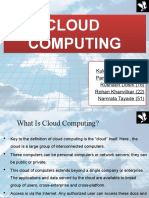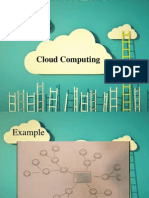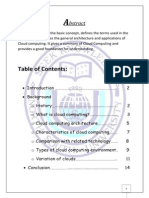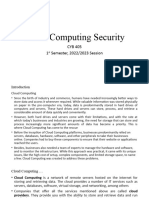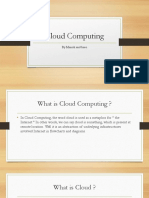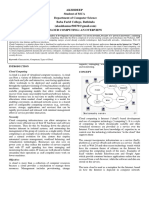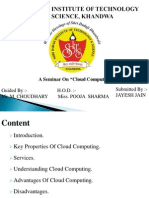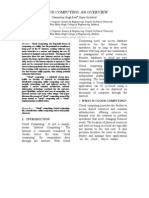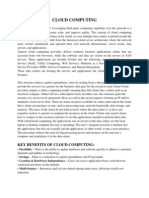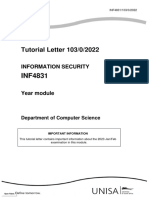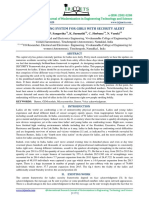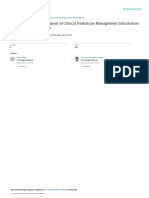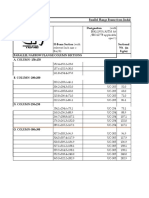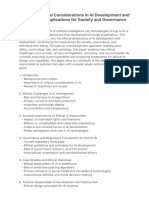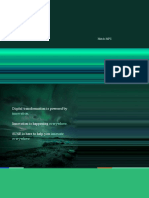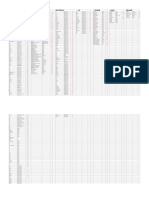0% found this document useful (0 votes)
9 views63 pagesClass 7 - Cloud Computing and Fog Computing1
Uploaded by
neerav206Copyright
© © All Rights Reserved
We take content rights seriously. If you suspect this is your content, claim it here.
Available Formats
Download as PDF, TXT or read online on Scribd
0% found this document useful (0 votes)
9 views63 pagesClass 7 - Cloud Computing and Fog Computing1
Uploaded by
neerav206Copyright
© © All Rights Reserved
We take content rights seriously. If you suspect this is your content, claim it here.
Available Formats
Download as PDF, TXT or read online on Scribd
/ 63




